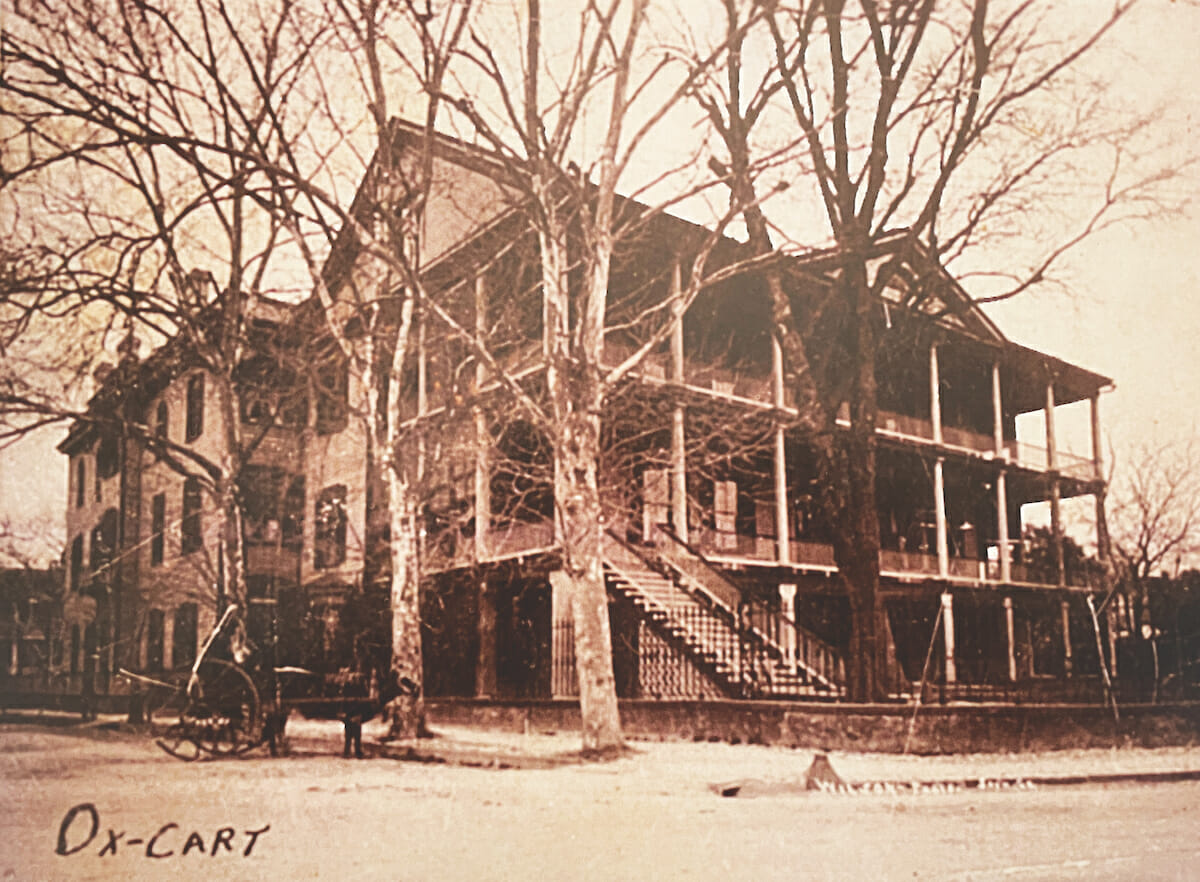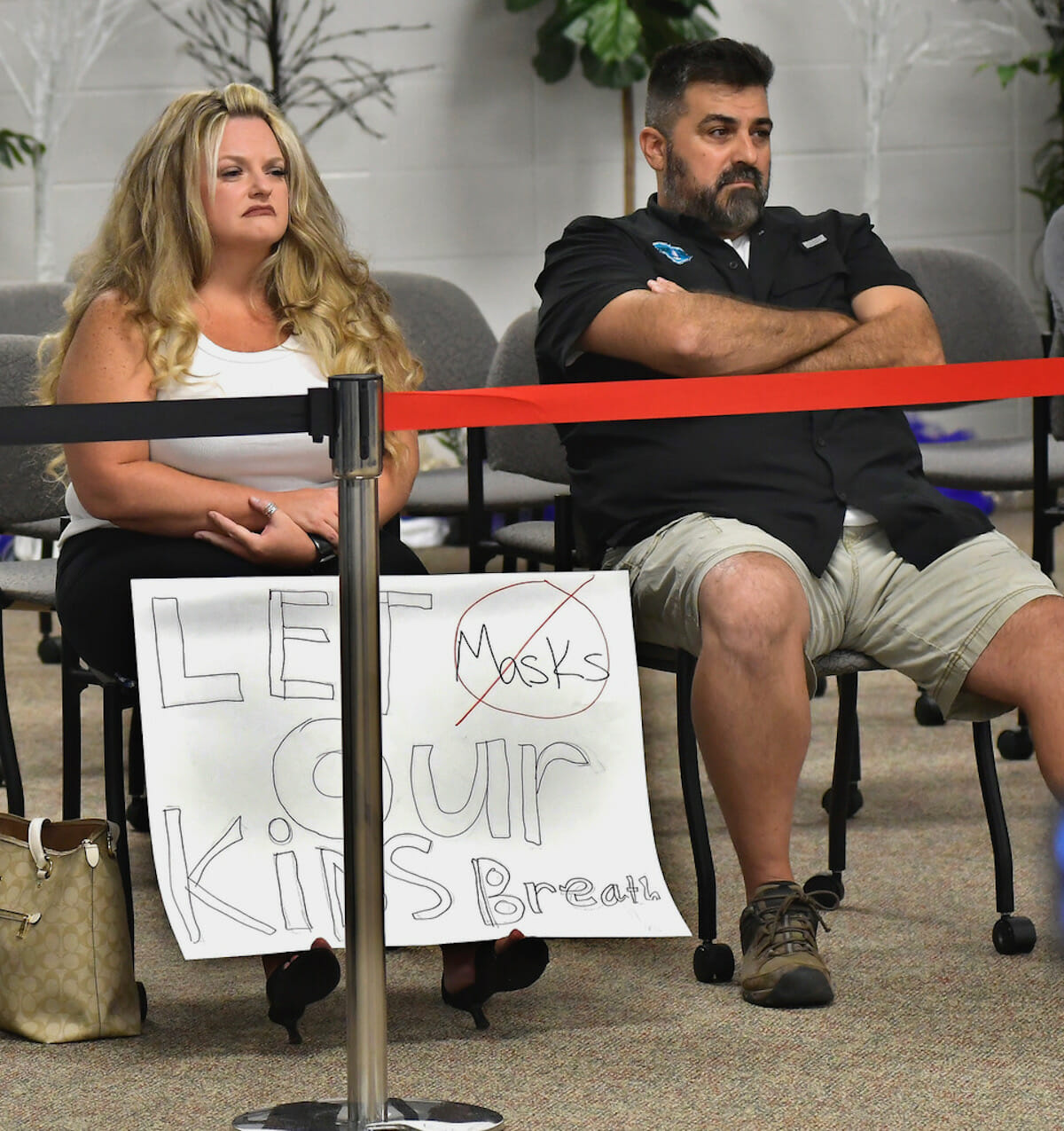By Carol Weir
Special to The Island News
Can sewage from bathrooms around the Lowcountry predict the next local coronavirus hot spot?
Student researchers at the University of South Carolina Beaufort (USCB) are monitoring the spread of COVID-19 by partnering with Beaufort Jasper Water Sewer Authority to study wastewater, which can sound an early warning for spikes in the disease.
Tye Pettay, PhD, a molecular ecologist and assistant professor of Biological Oceanography, assembled a team of undergraduate assistants to study sewage, with the hopes that wastewater surveillance may one day help communities stay ahead of a fast-moving virus.
The novel coronavirus shows up in the feces of both symptomatic and asymptomatic people who have been infected, meaning evidence of its spread flows daily into wastewater treatment plants.
In the future, public health officials wouldn’t need to wait for COVID-19 patients to turn up in doctors’ offices. It can take several days for patients to get sick enough to seek treatment and days more to get test results back, so official counts of COVID-19 cases show what has happened in the past, not what’s happening now. Wastewater testing could identify an uptick much faster, researchers think, giving doctors time to prepare and disease investigators a head start to identify new hot spots.
“I love all research, but this is especially interesting because we may be able to help people,” said biology major Sam Messinides, a junior, who is working on the project. “We can get a pretty good idea of what sites are being affected the most.”
During the 2020-21 school year, because USCB wasn’t able to routinely and quickly test the entire student body, leaders of the University’s Public Health Response Team asked Pettay if he could use the equipment in his lab on the Beaufort campus to test wastewater coming from the residence halls. Pettay repurposed equipment he was using to study ocean plankton and USCB’s chancellor Dr. Al Panu used federal CARES funding to purchase other supplies he needed to start analyzing sewage samples. USCB modeled its wastewater testing project on a similar study being conducted at the University of South Carolina in Columbia.
This summer, Pettay’s lab began testing samples collected weekly by BJWSA staff at wastewater treatment plants in Hardeeville, Cherry Point (Bluffton), Palmetto Bluff, Palm Key, Point South, St. Helena, Port Royal and Laurel Bay.
“None of this would have been possible without (BJWSA),” Pettay said. “This has been a fantastic partnership.”
Pettay’s lab equipment on USCB’s Beaufort campus uses sensitive tools to identify the virus that causes COVID-19 among everything else found in raw sewage. This methodology – called wastewater epidemiology – has been used to track the community presence of several other viruses in recent years, including polio.
The students blend the samples using a kitchen blender and then use a centrifuge to separate the components of the fluid. Finally, they obtain the viral concentrate by filtering the samples. The samples are frozen until the RNA can be extracted and tested for SARS-CoV-2, the causative agent of COVID-19.
Several samples have had enough novel coronavirus to detect, the students said.
Data on the quantity of COVID-19 particles per liter of wastewater must be coupled with other information — the number of individuals served by a particular treatment plant and average volume of viral particles shed by infected individuals, for example — to calculate how many people in a given community have the virus.
In addition to providing community service and advancing scientific research, the students are gaining valuable experience as they work in the lab.
Zyamanii Baksh, who her lab-mates call “Z,” wants to go to medical school.
“This is a very good opportunity for me to get some research training,” she said.
Laboratory testing of wastewater does carry some level of risk.
Raw sewage includes many potential pathogens. And scientists aren’t yet sure if COVID-19 viral particles in wastewater are infectious — they may be just inactive molecular fingerprints of the virus.
Nonetheless, Pettay and his students are careful, using KN95 respirators, gloves, eyeshields and lab coats to protect themselves from bacteria and viruses that might be present in the wastewater.
LATEST COVID NUMBERS
There were 2,158 new confirmed and probable COVID cases reported statewide on Tuesday, and the state’s rolling seven-day average sits at 3,681. There were 110 deaths.
There were 43 new confirmed and probable cases reported Tuesday in Beaufort County. Beaufort County’s seven-day average of new cases is 93.
There were three COVID deaths reported Tuesday in Beaufort County and 11 from Sept. 12 through Sept. 18.
BEAUFORT MEMORIAL HOSPITAL
As of Tuesday evening, there were 42 COVID patients in Beaufort Memorial Hospital, down from an all-time high 60 last week. Just five of those 42 are vaccinated.
Nine patients are in the ICU and nine are on ventilators. No vaccinated patients are in the ICU or on a ventilator.
BEAUFORT COUNTY SCHOOL DISTRICT
Through Sunday, Sept. 12 the total number of positive cases for the BCSD for roughly the first four weeks of the school year sits at 892 students and 83 faculty and staff members.
Throughout the entire district, there are 1,479 students and 36 faculty and staff members quarantining. That’s roughly 7 percent of Beaufort County public school students.
– Staff reports
Above: USC Beaufort students Zyamanii Baksh, front, and Sam Messinides examine wastewater samples. Photo courtesy of USC Beaufort.






